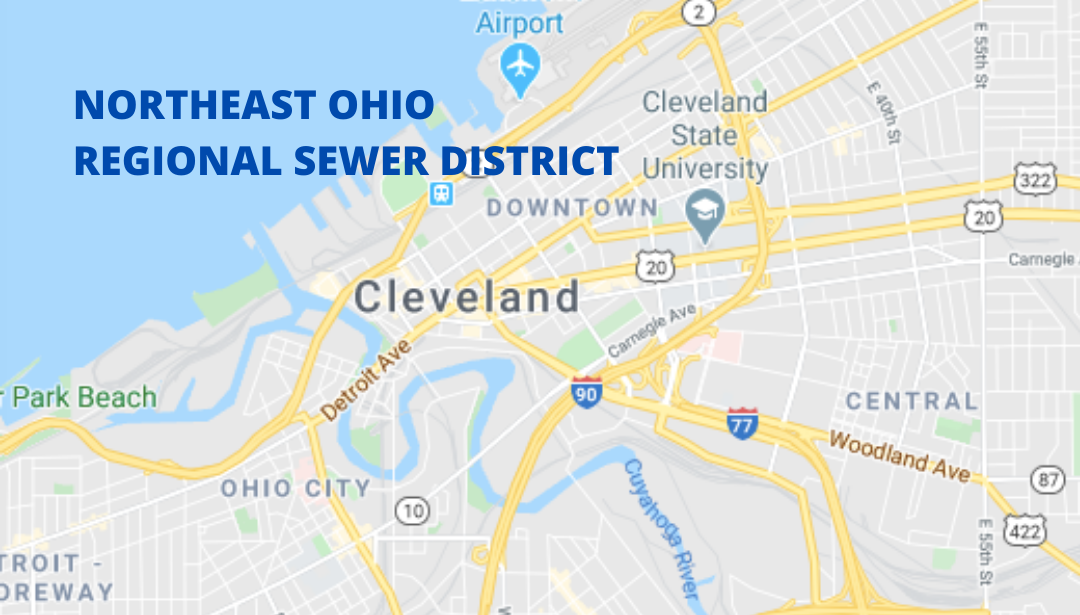Northeast Ohio Regional Sewer District, Cleveland, Ohio, USA - CableRunner

Northeast Ohio Regional Sewer District, Cleveland, Ohio, USA
In 2017 the Northeast Ohio Regional Sewer District serving greater Cleveland, Ohio, sought to connect a remote facility with high-capacity fiber to enable critical network monitoring through enhanced SCADA capabilities.
When traditional construction methods like open-cut trenching and boring could not be used due to local conditions, the District consulted CableRunner North America (predecessor to CableRunner USA) to design, engineer, and construct a reliable fiber solution according to specified budgetary and deployment constraints.
The project entailed installing CableRunner’s patented modular cable tray approximately 4669 linear feet within existing sewer and tunnel systems and involved two critical segments beneath a freeway. A regional construction company performed the actual installation after receiving technical and safety training conducted by CableRunner.
The successful project resulted in significant savings in terms of cost and time as compared with traditional fiber construction in the public way.
This dedicated single-user model highlights an instance where CableRunner’s innovative technology can be used to achieve a specific deployment objective that contrasts with CableRunner’s conventional shared (collocation) business model of providing competitive dark fiber services primarily to wireless carriers and fiber providers on each of its networks.
Similar applications could include public-private partnerships and licensing arrangements for synergistic benefit between a single dedicated user and CableRunner.